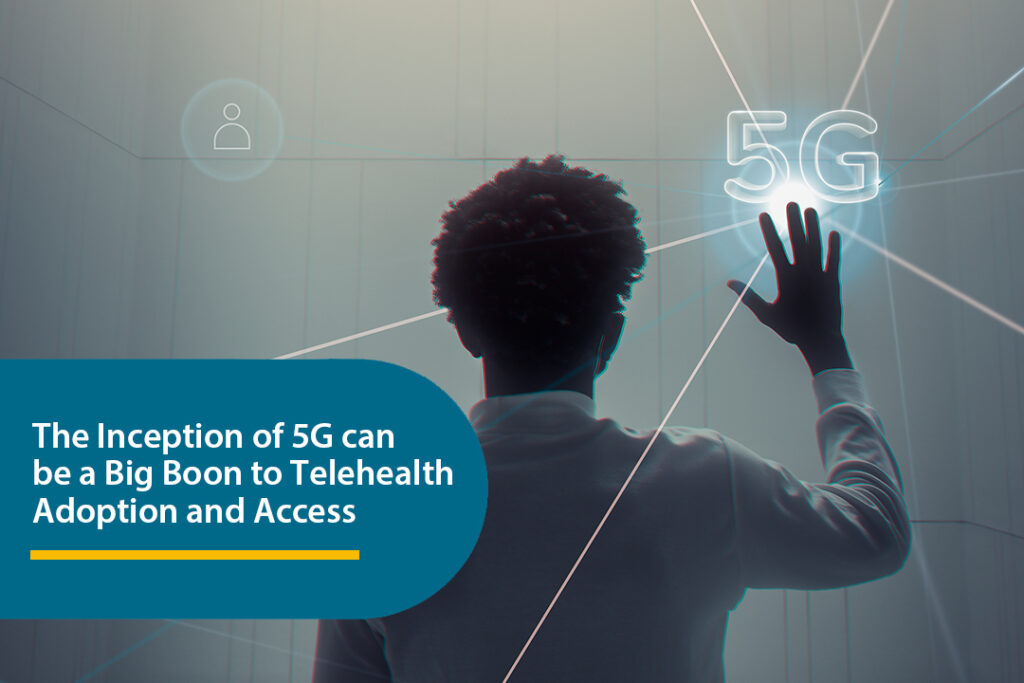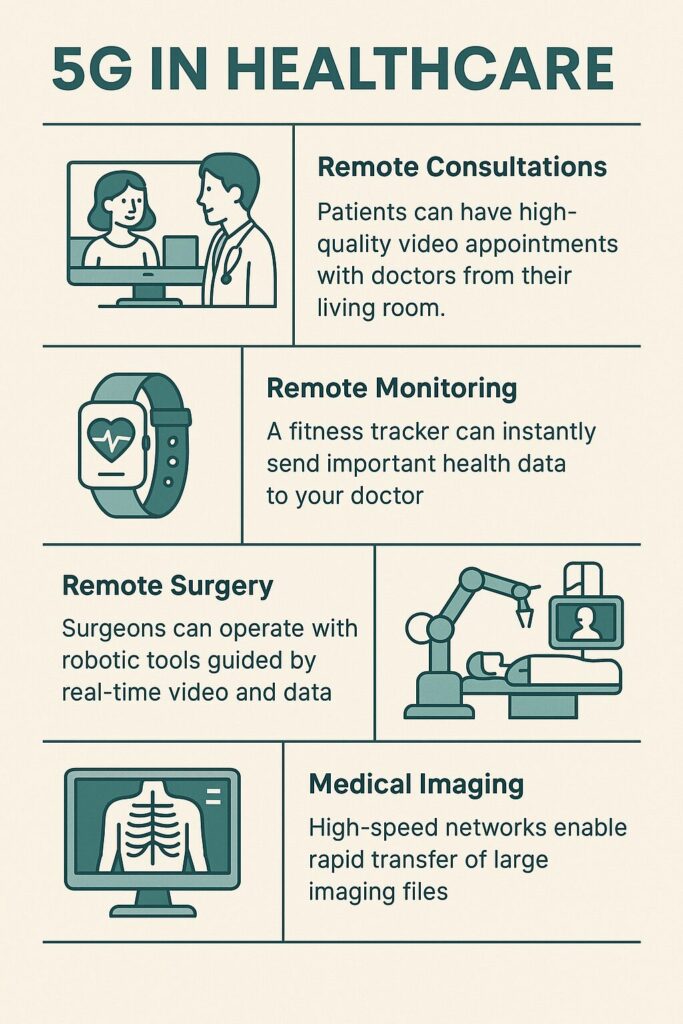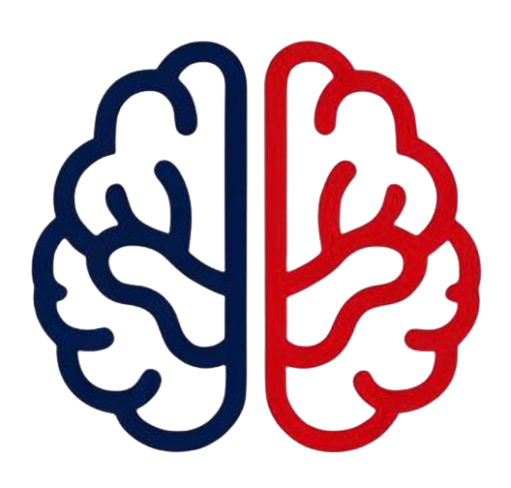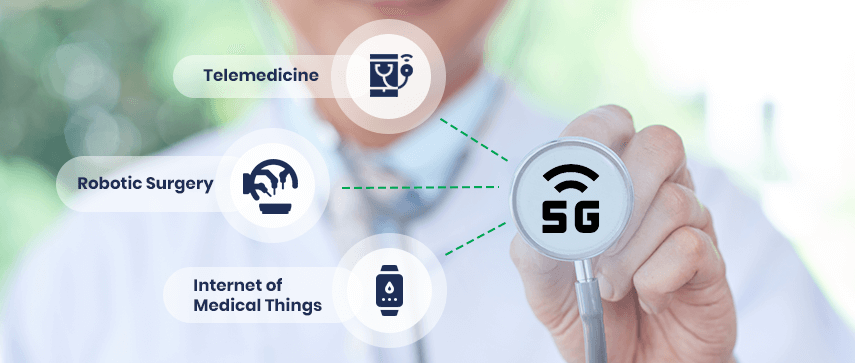Picture a world where seeing your doctor is as easy as making a video call, no matter where you live. Thanks to 5G technology, this is quickly becoming a reality. The fifth generation of wireless networks, known as 5G, is changing the way doctors and patients connect, making healthcare faster, smarter, and more accessible than ever before.
Musumeci Online – The Podcast. It is perfect for driving, commuting, or waiting in line!
What Makes 5G Special for Telemedicine?
5G stands out because of its incredible speed and almost instant response time, known as low latency. Imagine downloading a full-length movie in just a few seconds-that’s the kind of speed 5G brings to the table. For telemedicine, this means video calls with your doctor are crystal clear, without the annoying freezes or delays that sometimes happen with older networks.
But it doesn’t stop at video calls. 5G allows medical devices, like smartwatches and health monitors, to send your health data to doctors in real time. If your heart rate suddenly spikes or your blood pressure drops, your healthcare team can know right away and take action if needed, just like a smoke alarm alerts you before a fire gets out of hand.

Real-Life Examples: How 5G Improves Care
- Remote Consultations: With 5G, patients can have high-quality video appointments with doctors from their living room. This is especially helpful for people living in rural areas or those who have trouble traveling to clinics.
- Remote Monitoring: Imagine wearing a fitness tracker that not only counts your steps but also sends important health data to your doctor instantly. If something unusual happens, your doctor can call you or even send help right away.
- Remote Surgery: One of the most exciting uses of 5G is in remote surgery. Surgeons can use robotic tools to operate on patients who are miles away, guided by real-time video and data. In fact, doctors in China have already performed brain surgery from nearly 1,900 miles away, thanks to the speed and reliability of 5G.
- Medical Imaging: High-speed 5G networks make it possible to send large files, like X-rays or MRI scans, in seconds. This allows doctors to quickly consult with specialists anywhere in the world, leading to faster and more accurate diagnoses.
Why Does This Matter? Everyday Benefits for Everyone
Think of 5G as the highway that connects doctors, patients, and medical devices without any traffic jams. This means:
- Faster Care: Doctors can make quicker decisions because they get your health information instantly.
- Better Access: People in remote or underserved areas can see specialists without traveling long distances.
- Lower Costs: With efficient data sharing and fewer unnecessary hospital visits, healthcare becomes more affordable for everyone.
- More Personal Care: Doctors can keep a closer eye on patients with chronic conditions, helping them stay healthier and avoid emergencies.

5G is more than just a faster internet connection-it’s the foundation for a new era of healthcare.
Looking Ahead: The Future of Telemedicine with 5G
The combination of 5G and telemedicine is opening doors to new possibilities every day. Imagine virtual reality therapy sessions, brain-computer interfaces to help people with disabilities, or ambulances that send patient data to hospitals before they even arrive. These are not just dreams-they’re projects already in development, made possible by 5G.
As technology continues to advance, the partnership between 5G and telemedicine will keep growing, making healthcare more connected, responsive, and human-centered.


Leave a Reply